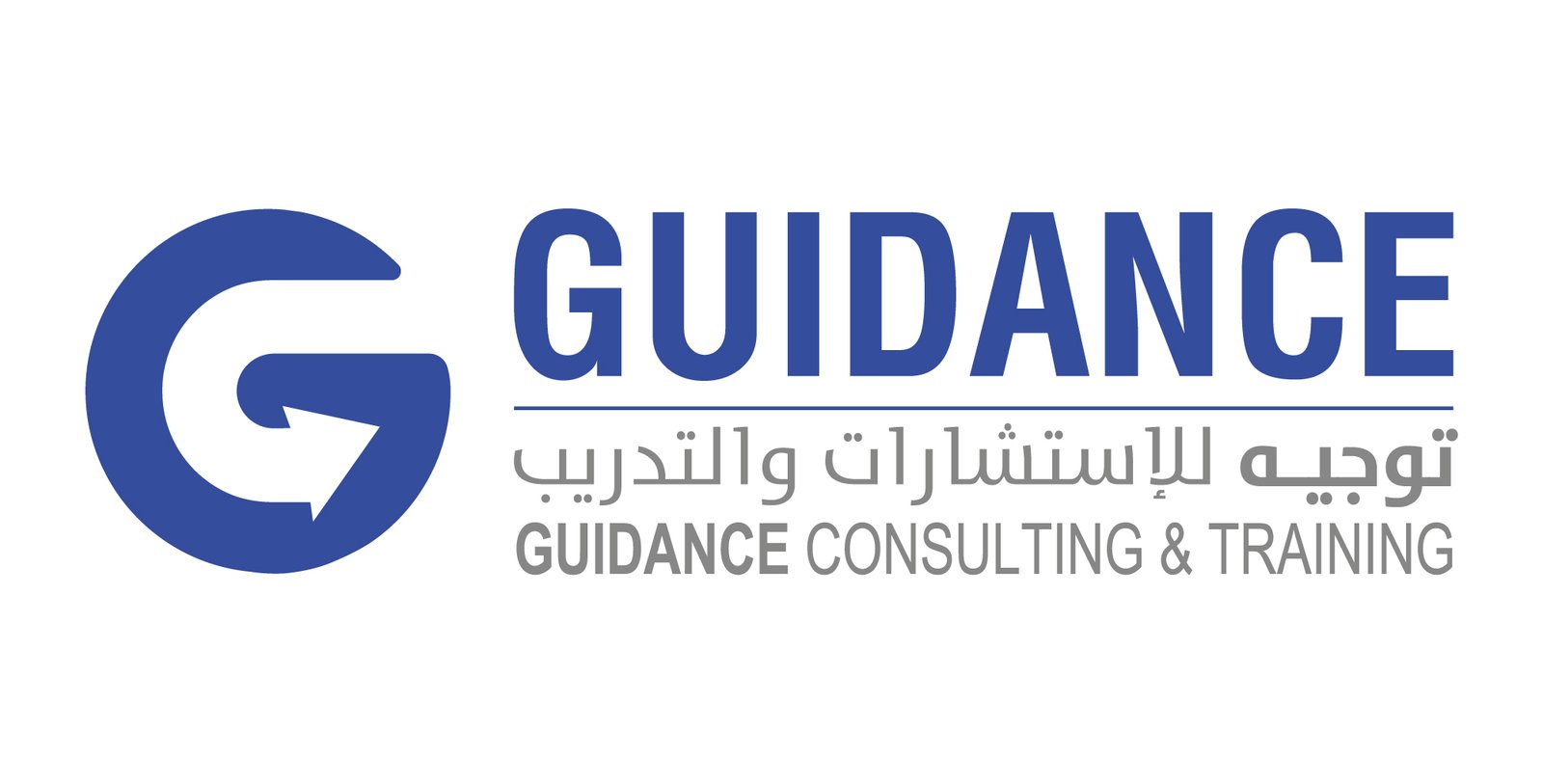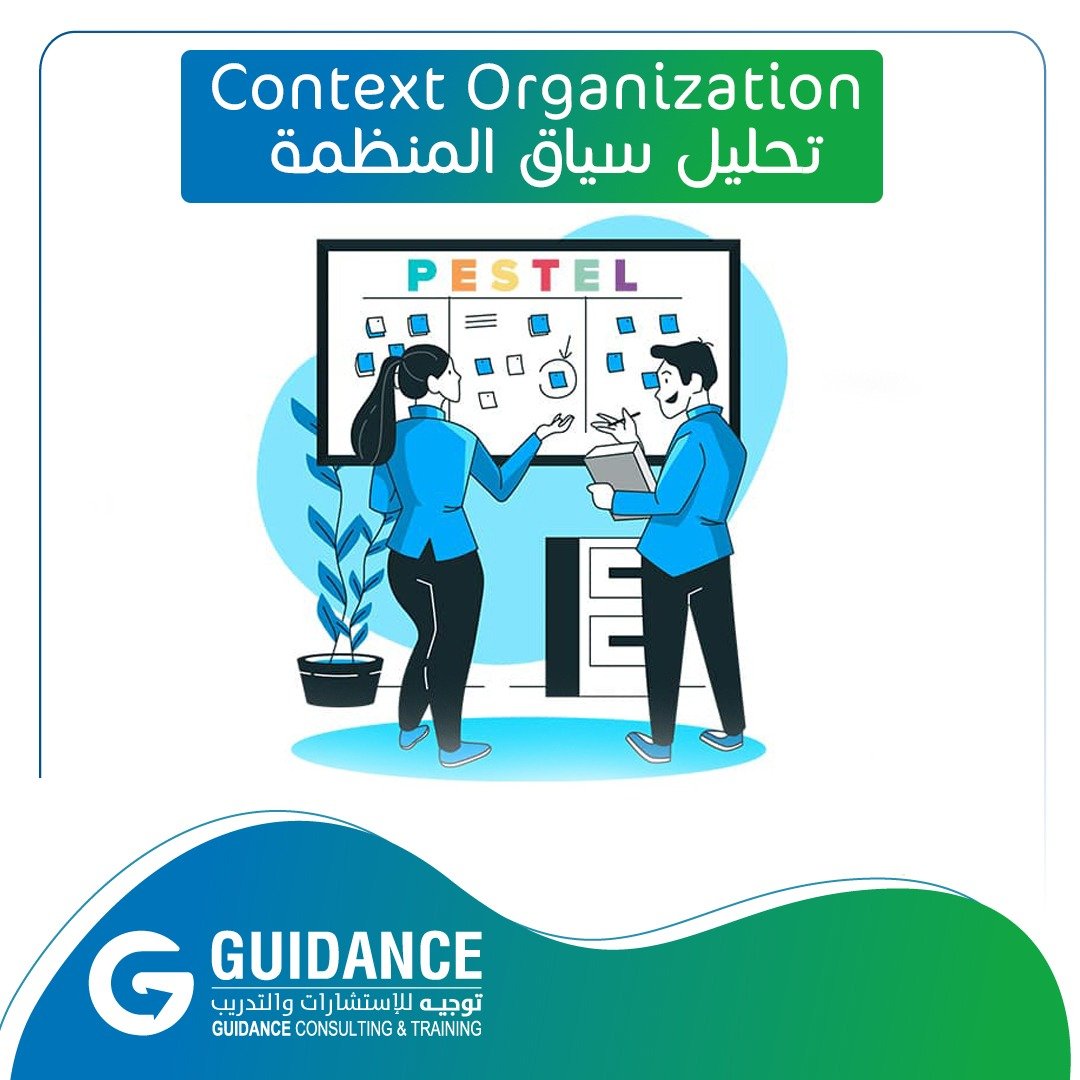Context of the Organization Analysis
It is a way to analyze the environment in which the organization operates. Environmental scanning focuses primarily on the organization’s larger environment. Context analysis takes into account the organization’s entire internal and external environment. It is also an important aspect of business planning. One type of context analysis, called SWOT analysis, allows a company to gain insight into its strengths, weaknesses, opportunities, and threats posed by the market in which it operates. The main objective of context analysis, SWOT analysis or otherwise, is to analyze the environment to develop a strategic business plan for the company.
The context of the organization analysis is clause (4) of ISO 9001
Clause 4 of ISO 9001:2015 added a new dimension to the specification, the strategic dimension. The specification application was specific to the organization’s quality team, and the management representative supervised the implementation of the specification requirements on behalf of top management, top management “leadership” has become an important role in implementing the specification requirements. This role is clearly shown in item (5) on leadership, and item (4) on the organization context, which is the starting point for establishing a quality management system considering the organization’s goal and strategic direction.
Steps followed to analyze the context of the organization
Define the market or topic: The first step in this method is to identify a specific market (or topic) that one wants to analyze and focus all the analysis techniques on what has been identified. The topic, for example, could be a newly proposed product idea.
Trend analysis: The next step in the method is to conduct a trend analysis. Trend analysis is the major environmental factors analysis in the company’s external environment, also called PEST analysis. It analyzes political, economic, social, technological, and demographic trends. This can be done first by identifying the factors relevant to the chosen topic, at each level, and assigning a number to each element specifically for its importance. This allows the company to identify those factors that can affect it. It can’t control these factors but can try to deal with them by adapting. The trends (factors) identified in PEST analysis are political, economic, social, and technological; But for contextual analysis, demographic trends are also important. Demographic trends are factors related to the population (for example average age, religion, education, etc). Demographic information is important if a company (during market research for example) wants to target a specific market segment. Other trends are described in environmental scanning and PEST analysis. Trend analysis covers only a part of the external environment. Another important aspect of the external environment is competition. This is the next step of the method, competitor analysis.
Competitor Analysis: As one can imagine, any company needs to know who its competitors are, how they do business, and how strong they are to be in a position of defense and attack. Several techniques are presented to conduct competitor analysis. Here I will show another method that involves conducting four sub-analyses: identifying competition levels, competitive forces, competitor behavior, and competitor strategy.
Opportunities and Threats: after conducting trend and competitor analysis, the next step is to identify the threats and opportunities presented by the market. Trend analysis reveals trends that can affect a business positively or negatively. Hence, they can be classified as opportunities or threats. Similarly, competitor analysis reveals positive and negative competitive problems that can be classified as opportunities or threats.
Organization Analysis: The final stage of the method is to analyze the organization’s internal environment, and thus the organization itself. The goal is to identify the skills, knowledge, and technological defenses that the company possesses. This entails conducting an internal analysis and competency analysis.
Internal Analysis: Also called SWOT analysis, it involves identifying organizations’ strengths and weaknesses. Strengths refer to factors that can lead to a marketing advantage, while weaknesses present a disadvantage because the company cannot meet market needs.
Competency Analysis: Competencies are the combination of a company’s knowledge, skills, and technology that can give it an advantage over its competitors. This analysis involves identifying market-related competencies, integrity-related competencies, and functional-related competencies.
SWOT Matrix: The previous sections described the main steps involved in context analysis. These steps yield data that can be used to develop a strategy. These are summarized in the SWOT matrix. Trend analysis and competitor analysis revealed the opportunities and threats presented by the market. Organizational analysis revealed the organization’s competencies strengths and weaknesses. These strengths, weaknesses, opportunities, and threats summarize the context analysis.
Guidance for Consulting and Training
We have the knowledge and experience to help institutions and individuals comply with the requirements of the Saudi Standards and Quality Organization, the Food and Drug Authority, and other entities that impose legal and mandatory requirements in the Saudi market.
To qualify your facility, train its personnel and fulfill the required documents to implement the quality and ISO systems.


